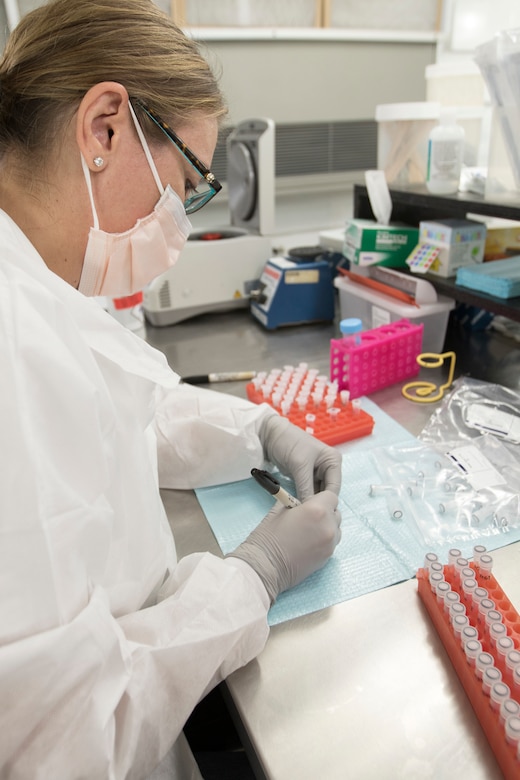By Army Sgt. Carlos Garcia, U.S. Army Central
CAMP ARIFJAN, Kuwait -- Most soldiers do not think much
about what happens to improvised explosive devices once they are found and
disarmed by friendly forces. Some may believe that IEDs are taken somewhere in
a controlled environment to be safely detonated or disposed of properly.
Sometimes properly disposing of IEDs is the only thing to
do.
However, most times, IEDs are sent to specialized
laboratories where they can be analyzed and researched to help counter enemy
forces.
The Forensic Exploitation Laboratory Central Command here is
one of the many facilities where enemy weapons such as IEDs are analyzed by
highly trained and educated professionals in various disciplines of forensic
science.
Dedicated Technicians
“The great thing within our laboratory is that everyone is
really passionate about the work we do,” said Roman Aranda, the supervisory
chemist and laboratory manager for the FXL-C.
“The laboratory takes
the anonymity away from the adversary,” he added.
Removing anonymity from enemy forces is a crucial advantage
for any combatant commander in any area of responsibility. “The lab is a
culminating point for everything that comes off the battlefield in order for
the intelligence community to get those products and information distributed
out to those that are on the ground,” said Army Maj. Allen Spence, the officer
in charge of the laboratory operations, assigned to U.S. Army Central and
attached to the FXL-C.
Flexibility
A forensic lab can adapt and move more quickly compared to
stateside and other federal laboratories, Aranda said. The FXL-C networks with
explosive ordinance device units, Special Forces and often with partner nations
to protect and support U.S. forces.
They work closely with the Army Criminal Investigative
Division and the Terrorism and Criminal Investigation Unit, Spence said. They
also work with the FBI and the International Criminal Police Organization, more
commonly known as Interpol, to push out information to 192 countries.
So far this year, the FXL-C has closed more than 440 cases,
processed more than 45,000 exhibits, documented almost 650 latent prints and
found more than 70 biometric matches.
The FXL-C’s accomplishments have come through modernization
and research efforts that help support its four core principles: firearms and
tool marks, DNA, chemistry and electronics exploitation.
Being deployed and closer to the battleground is an
additional capability the FXL-C provides to ground forces.
“Working directly with the submitters, we can provide them
what they need to know as fast as we can,” said Mark Chapman, an electrical
engineer assigned to the FXL-C.
“This mission is critical to the Army, and it’s the focal
point where everything meets,” Spence said.
“Our main goal is to find the smart guy that is developing
these tools such as IEDs and unmanned aerial vehicles,” Chapman said. “Not so
much that guy that is using them -- they are still a target -- but if we can
find that smart guy and eliminate him, that’s the main challenge.”
The men and women of the FXL-C deployed to these forward
laboratories put in long work days and sometimes nights. They also work every
day of the week during their six-month tour, because they recognize the
contribution it makes on the battlefield by exposing enemy forces new and old
tactics.
“If it’s a new device that’s come out, we will find it and
figure out how it works and we will get that information back out to the
[intelligence] community,” Spence said.








No comments:
Post a Comment